Crazy Chester
Well-known member
Time for another rooftop grow.
This time, I'm doing medium-less, quasi-DWC hydro by re-circulating the nutrient solution from a reservoir near the ground by pumping it up to the one of three totes on the roof, which is connected to and gravity feeds to the one down slope from it, which connects to the last tote that finally drains into the reservoir below.
It was fairly easy and super simple to make the system. I used three of these to make the individual DWC planters:
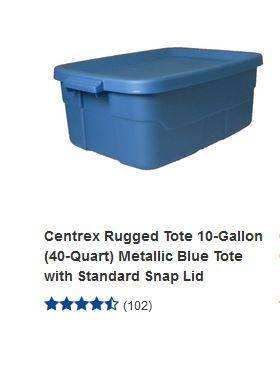
5/8" (3/8" ID) hose like this:
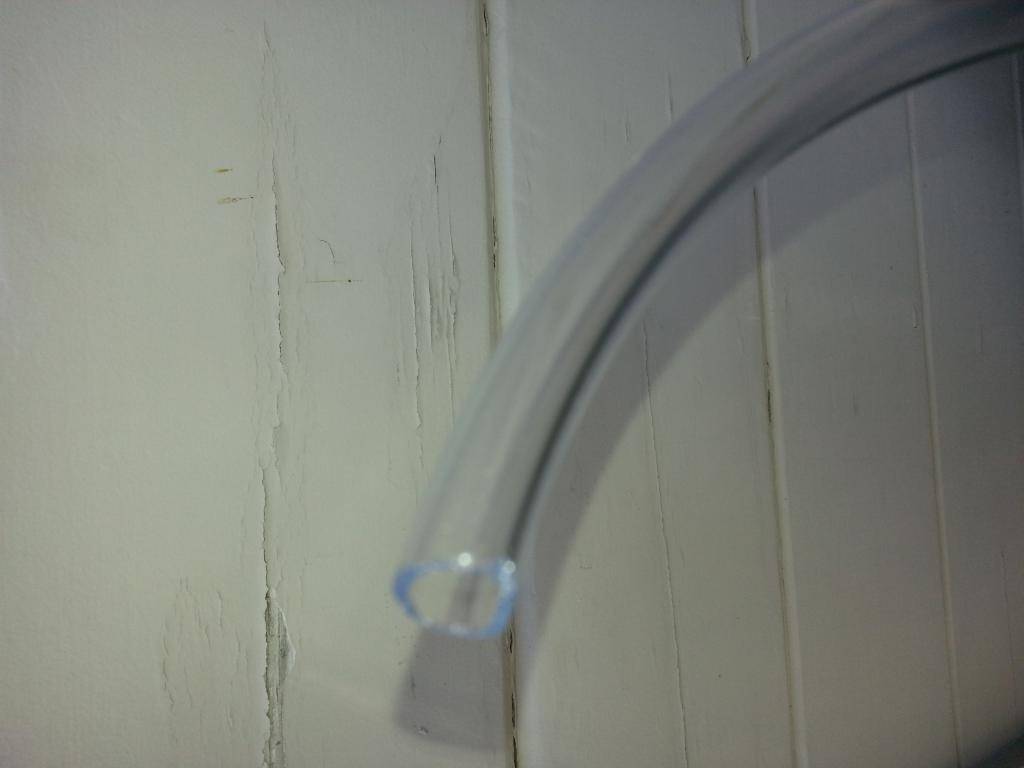
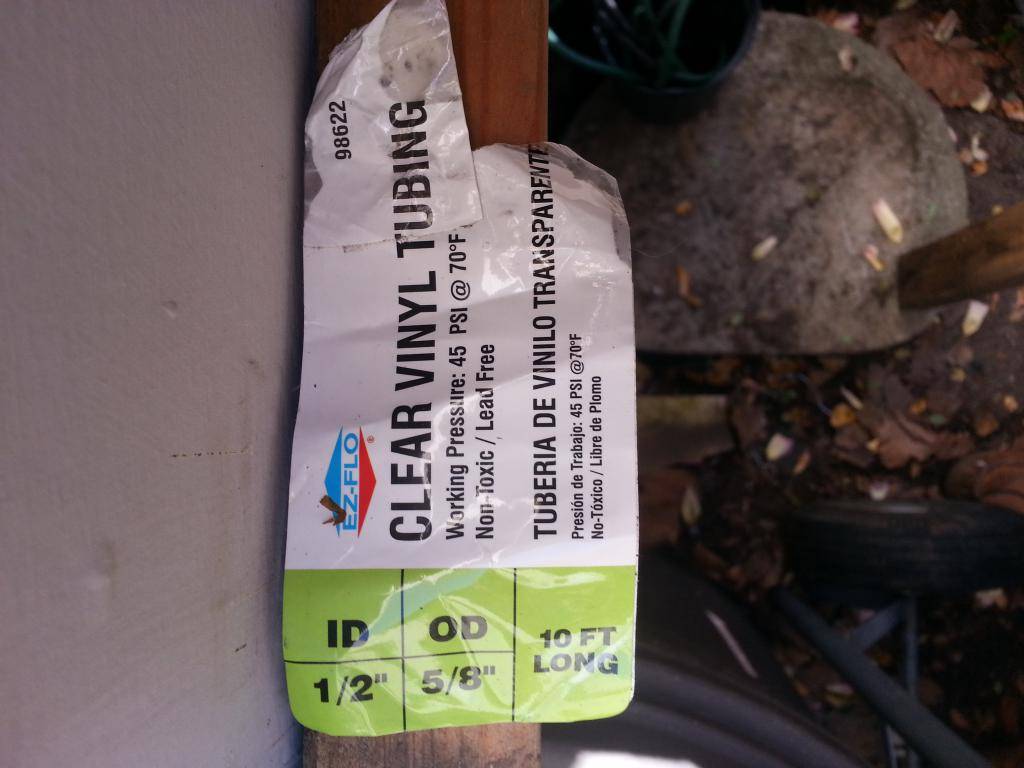
Is connected to each tote with one of these:
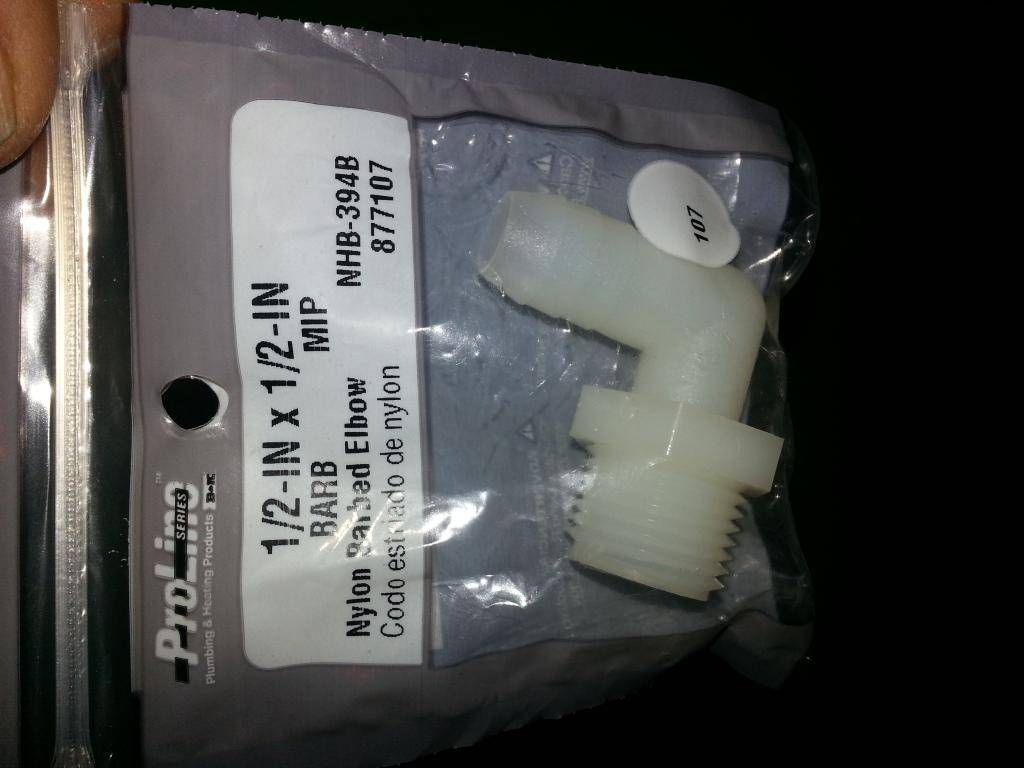
And one (or more) of these:
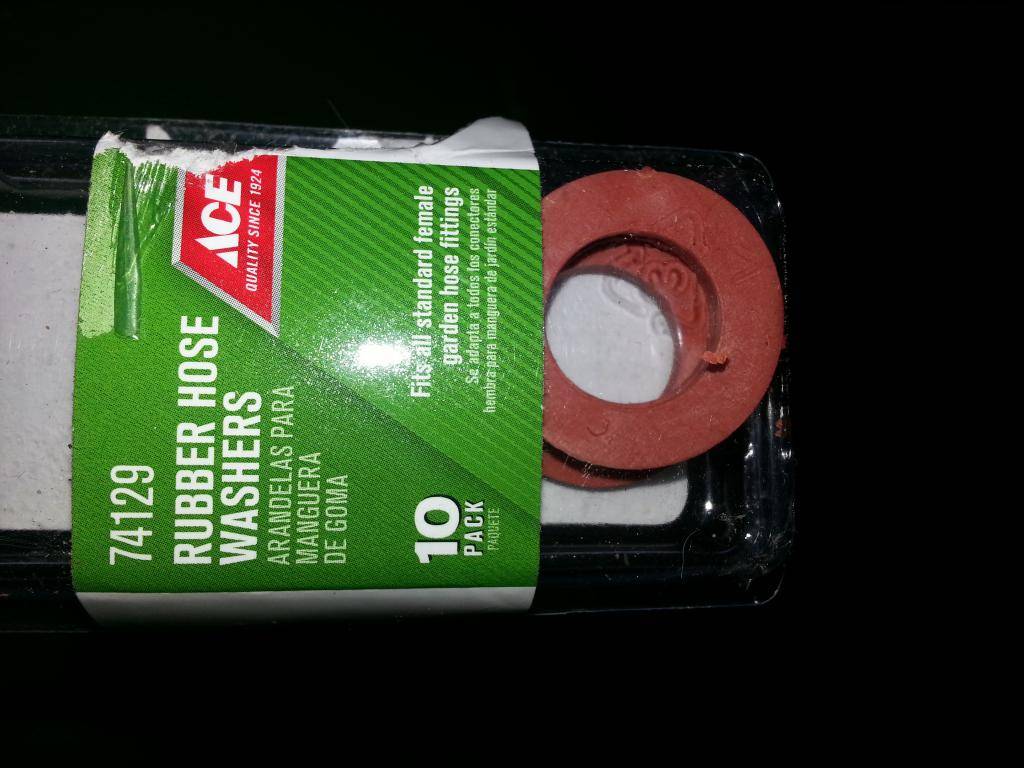
This time, I'm doing medium-less, quasi-DWC hydro by re-circulating the nutrient solution from a reservoir near the ground by pumping it up to the one of three totes on the roof, which is connected to and gravity feeds to the one down slope from it, which connects to the last tote that finally drains into the reservoir below.
It was fairly easy and super simple to make the system. I used three of these to make the individual DWC planters:
5/8" (3/8" ID) hose like this:
Is connected to each tote with one of these:
And one (or more) of these:
Last edited:


